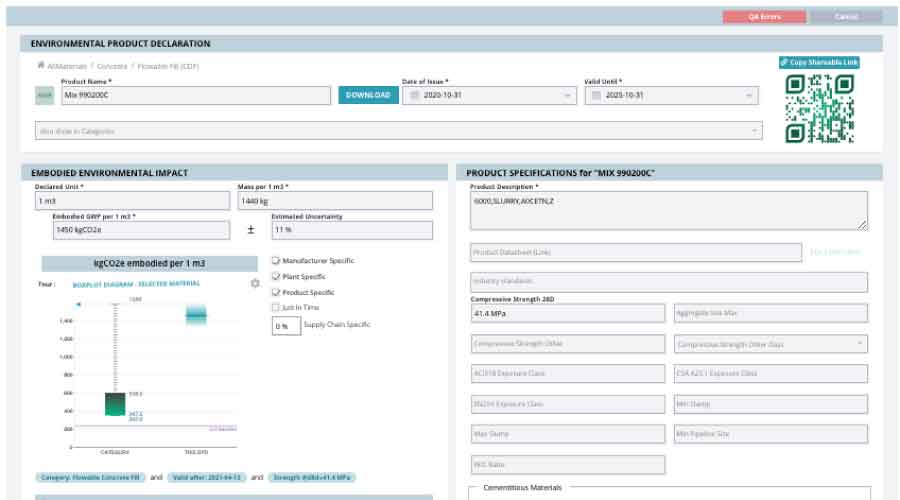
Utility Demand-Response Programs Heat Up
The unusually hot summer has increased participation in demand response programs. August 23, 2022
By Greg Zimmerman, senior contributing editor
It’s hot. How hot is it? It’s so hot that utilities will pay facilities to use less electricity during peak demand times.
Of course, this is nothing new. Demand-response programs – that is, programs that incentivize facilities to cut energy use, maybe by raising the setpoint a few degrees or cutting out non-essential electricity loads, during hot summer afternoons when grid demand is highest – have been around for decades. In recent years, they’ve become more sophisticated in how they’re automated and often times facility occupants never know they’re in a demand-response event.
New York City announced recently that 555 facilities are now participating in Con Edison’s demand response program this summer. That includes 90 new participating facilities. These facilities represent dozens of different city agencies and organizations, according to UtilityDive.
In sweltering Texas, where even Bitcoin miners have been urged to cut operations to ease strain on the electricity grid, the Public Utility Commission recently voted to add $25 million to the state utility’s demand response program, which it calls, appropriately, the Emergency Response Service (ERS). The current budget for the program is $50 million, so $25 million is a sizeable increase.
Greg Zimmerman is senior contributing editor for FacilitiesNet.com and Building Operating Management magazine.
Next
Read next on FacilitiesNet












